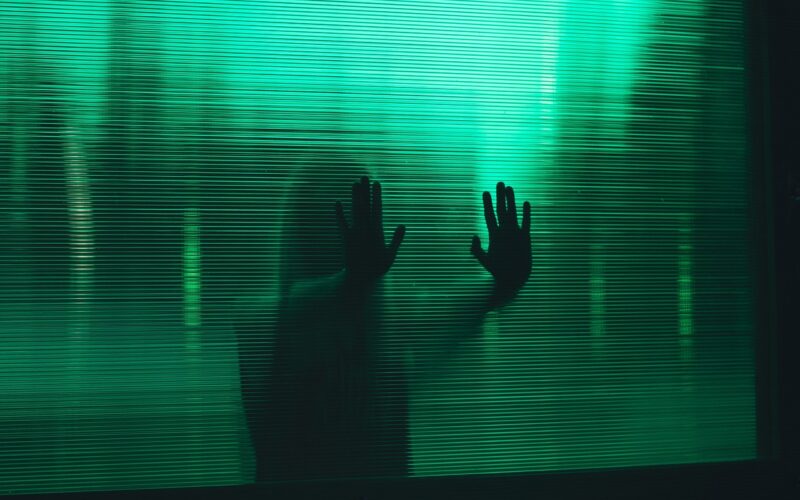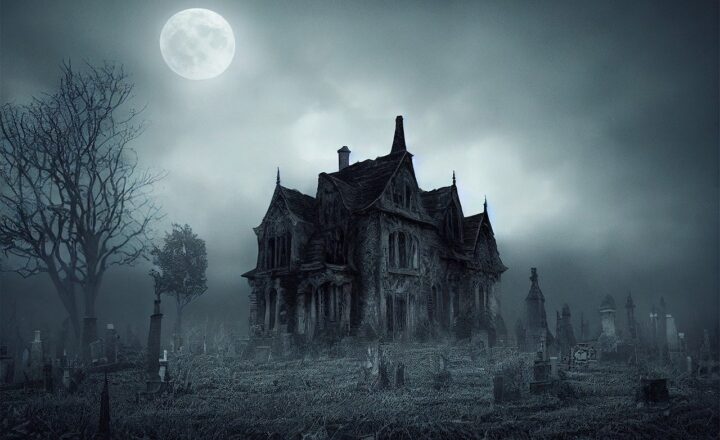The Most Spine-Chilling Ghost Stories That Inspired Modern Scary Movies
November 16, 2024

Ghost stories have long been a cornerstone of horror literature, echoing through the ages and inspiring a myriad of modern scary movies. These spine-chilling tales often draw from folklore, historical events, and psychological fears, captivating audiences and leaving them in a state of unease. In this article, we will delve into some of the most iconic ghost stories that have influenced contemporary cinema, exploring their origins, themes, and the films they inspired.
1. The Haunting of Hill House
One of the most significant ghost stories in American literature is Shirley Jackson’s “The Haunting of Hill House,” published in 1959. This novel follows four individuals who gather at a supposedly haunted mansion to investigate paranormal phenomena. Jackson’s story disrupts the lines between reality and the supernatural, unraveling the psychology of fear itself.
The 1963 film adaptation titled “The Haunting,” directed by Robert Wise, remains a classic in horror cinema, enhancing the novel’s spine-chilling atmosphere with striking visuals and auditory terror. The more recent Netflix series adaptation (2018) maintains Jackson’s themes of trauma and familial dynamics while exploring the haunting’s psychological undercurrents.
2. The Turn of the Screw
Henry James’s novella “The Turn of the Screw” (1898) tells the tale of a governess who begins working at a remote estate, only to encounter the spirits of former employees. The ambiguity over whether the apparitions are real or figments of the governess’s imagination has haunted readers since its publication.
This thrilling narrative has inspired various films, including “The Innocents” (1961) directed by Jack Clayton and more recently, “The Turning” (2020). These adaptations explore the themes of repressed sexuality and psychological horror, leaving audiences questioning the nature of good and evil.
3. The Legend of Sleepy Hollow
Washington Irving’s “The Legend of Sleepy Hollow” (1820) features the haunting tale of Ichabod Crane and the Headless Horseman. This ghost story merges elements of horror and folklore with social commentary, making it a staple of American literature.
Tim Burton’s 1999 film adaptation, “Sleepy Hollow,” creatively interprets this classic tale, blending gothic aesthetics with Burton’s signature style. The film vividly brings to life the legend’s eerie atmosphere while infusing it with dark humor and thrilling action.
4. A Christmas Carol
Charles Dickens’s “A Christmas Carol” (1843) is considered a ghost story, as it revolves around Ebenezer Scrooge’s life-changing encounters with three spirits on Christmas Eve. While often remembered as a heartwarming tale, its spectral elements highlight deeper themes of redemption and the consequences of one’s choices.
Several adaptations, including Disney’s “A Christmas Carol” (2009) and “The Muppet Christmas Carol” (1992), showcase both the frightening and transformative power of the ghostly encounters, solidifying its place in the seasonal canon.
5. The Shining
Stephen King’s “The Shining” (1977) is a modern classic that fuses psychological horror with supernatural elements. The story of Jack Torrance, who descends into madness while isolated in an eerie hotel, draws from King’s own experiences and the haunted nature of the human mind.
Stanley Kubrick’s film adaptation (1980) is lauded for its chilling visuals, haunting performances, and a chilling score that amplifies the oppressive atmosphere of the Overlook Hotel. The film solidifies its legacy as a cornerstone of horror cinema, echoing the primal fears of isolation and madness.
6. The Amityville Horror
The Amityville Horror is a real-life story that has been sensationalized in movies, originating from the infamous 1974 murders of the DeFeo family. The subsequent Lutz family’s claims of paranormal activity in the house led to one of the most well-known haunting stories in America.
The 1979 film “The Amityville Horror” gave rise to various sequels, reinvigorating interest in the ghost story genre. The saga, based on alleged real events, raises unsettling questions about belief and skepticism in the paranormal.
7. The Woman in Black
Susan Hill’s novella, “The Woman in Black” (1983), tells the story of a young lawyer who encounters a vengeful ghost while settling the estate of a deceased client. The chilling atmosphere and palpable dread deeply reflect Victorian ghost lore.
The 2012 film adaptation starring Daniel Radcliffe captures the haunting essence of Hill’s work, amplifying the suspenseful elements and crafting a terrifying experience. Its modern twist on classic ghost stories emphasizes themes of loss and mourning.
Conclusion
Ghost stories are more than mere tales of horror; they reflect our cultural fears, societal norms, and psychological complexities. The films inspired by these timeless narratives highlight the evolving nature of the horror genre and our enduring fascination with the unknown. As audiences become increasingly intrigued by the supernatural, these stories will continue to shape the landscape of modern cinema, providing terror and intrigue for generations to come.
By revisiting these chilling narratives, we not only appreciate the art of storytelling but also confront the fears that lie within us—fears that will forever echo in the haunting shadows of our imagination.








